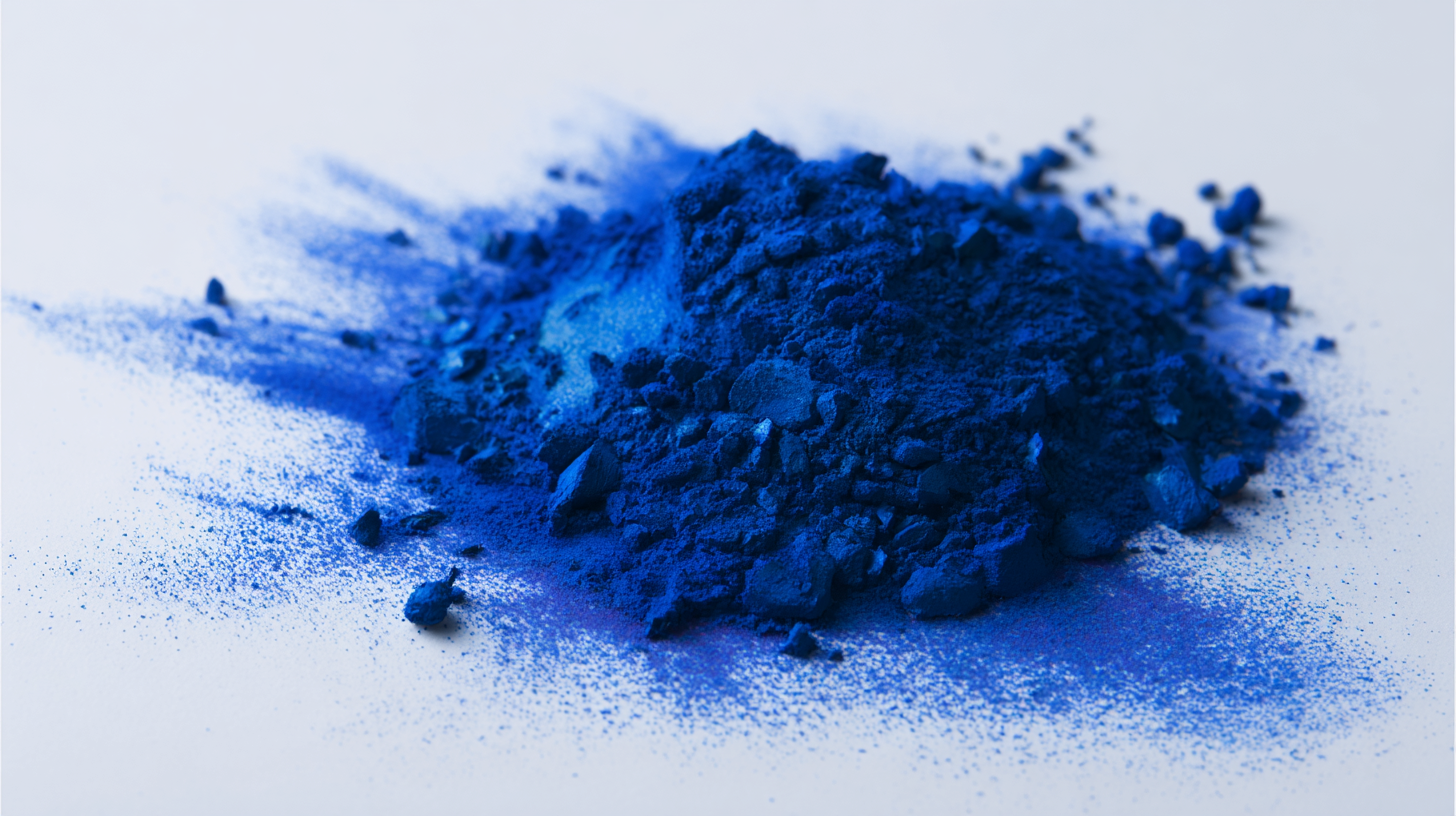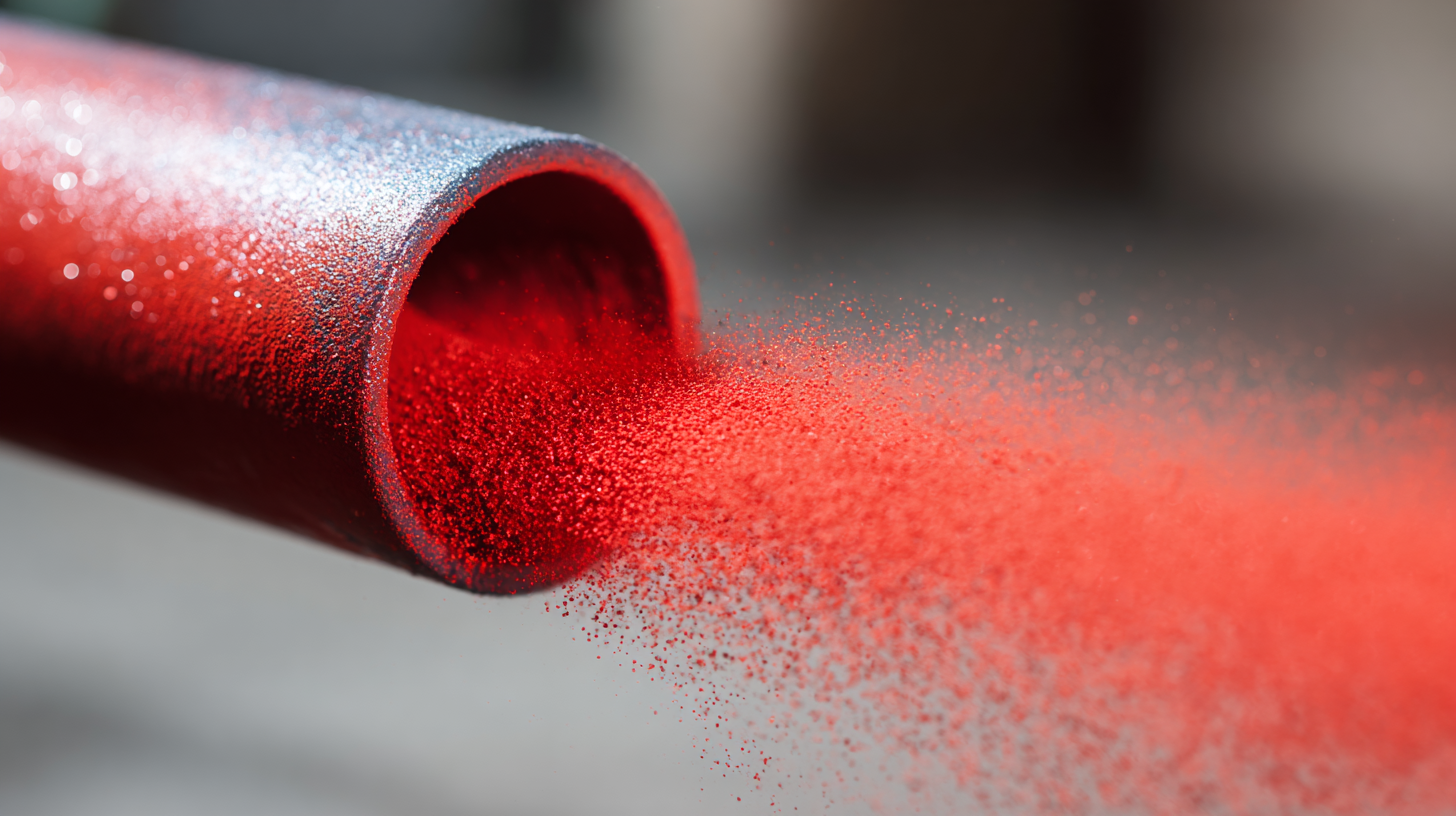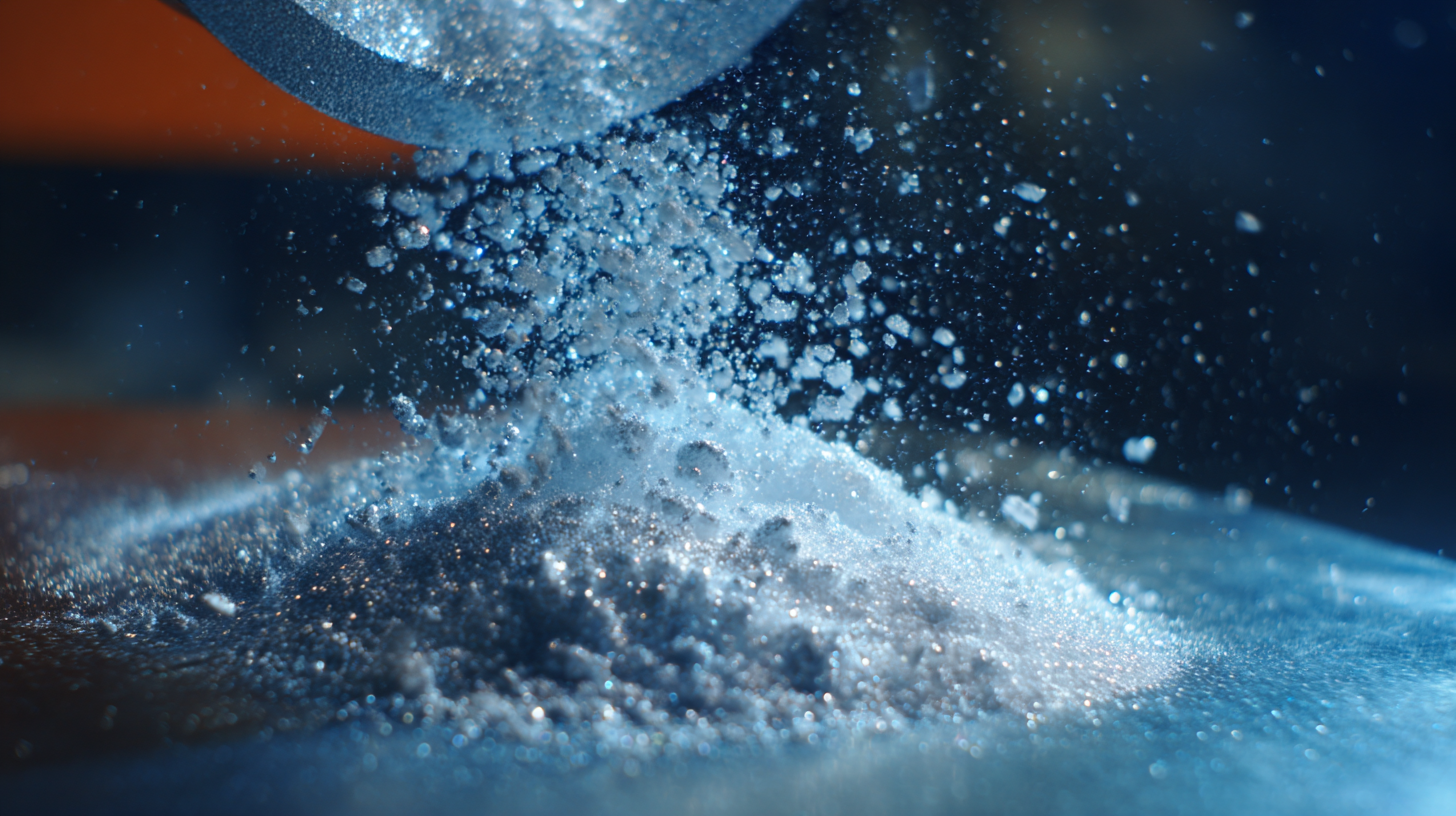In the competitive landscape of modern manufacturing and design, achieving a flawless finish is crucial for both aesthetics and durability, particularly when it comes to plastic powder coating techniques. According to a report by the Powder Coating Research Group, the global market for powder coatings is projected to reach $16.57 billion by 2027, reflecting an increasing demand for high-quality finishes that can withstand harsh environments.

Plastic powder coating not only enhances the visual appeal of products but also provides excellent resistance to corrosion, impacts, and chemicals. By employing advanced application methods and adhering to best practices, manufacturers can significantly improve the quality and longevity of their coated products.
This guide aims to delve into the essential techniques and strategies for achieving the perfect finish with plastic powder coating, ensuring exceptional results that meet industry standards.
Plastic powder coating is an innovative finishing technique that enhances the durability and aesthetics of various surfaces. This process involves applying a dry powder to a substrate, which is then heated to create a smooth, resilient coating. Understanding the fundamentals of plastic powder coating is essential for achieving a high-quality finish. Key techniques include electrostatic spraying, fluidized bed coating, and hybrid coating methods. Each technique has its own advantages, depending on the application and desired properties of the final product.
In addition to the application methods, it's important to consider the range of materials available for powder coating. Polyester, epoxy, and hybrid powders are commonly used, each providing different levels of resistance to UV degradation, chemicals, and abrasion. The choice of powder can significantly impact the performance and appearance of the coated object. Furthermore, proper surface preparation and curing processes are critical to achieving optimal adhesion and finish quality. By mastering these basics, you can harness the full potential of plastic powder coating techniques for a wide array of applications, from automotive parts to household goods.
| Technique | Description | Advantages | Applications |
|---|---|---|---|
| Electrostatic Spray Coating | Uses electrostatic charge to attract powder particles to the grounded substrate. | High transfer efficiency, uniform coverage, and ease of application. | Automotive parts, appliances, and decorative items. |
| Fluidized Bed Coating | Involves dipping preheated items into a bed of fluidized powder for coating. | Excellent for large, complex shapes with even coating. | Industrial components, machinery parts, and furniture. |
| Dip Coating | Dipping an object into a molten pool of powder, which then adheres to the surface. | Good for achieving thick coatings and protecting intricate geometries. | Electrical enclosures, automotive underbody parts. |
| Hybrid Coating | Combines powder coating with additional techniques, such as painting. | Enhanced aesthetics and functional properties. | Consumer electronics, automotive finishing. |
 Plastic powder coating has emerged as a superior choice in the finishing industry, offering several key advantages over traditional coating methods. One of the primary benefits is its durability. Unlike conventional liquid coatings, plastic powder coatings create a thick, protective layer that is highly resistant to chipping, fading, and scratching. This resilience makes them ideal for outdoor applications or environments that are prone to wear and tear, ensuring that surfaces maintain their aesthetic appeal over time.
Plastic powder coating has emerged as a superior choice in the finishing industry, offering several key advantages over traditional coating methods. One of the primary benefits is its durability. Unlike conventional liquid coatings, plastic powder coatings create a thick, protective layer that is highly resistant to chipping, fading, and scratching. This resilience makes them ideal for outdoor applications or environments that are prone to wear and tear, ensuring that surfaces maintain their aesthetic appeal over time.
Another significant advantage of plastic powder coating is its environmental friendliness. It generates minimal volatile organic compounds (VOCs) during application, making it a safer choice for both applicators and the surrounding environment. Additionally, the powder form allows for efficient overspray collection and reuse, reducing material waste. This eco-conscious approach not only meets stringent regulatory standards but also appeals to consumers looking for sustainable products. Overall, plastic powder coating combines durability and sustainability, making it a smart alternative to traditional coating methods.
To achieve stunning results in plastic powder coating, it's vital to have the right equipment and materials in your toolkit. The foundation of any successful powder coating process starts with a reliable powder coating spray gun. This tool ensures an even application, allowing for a smooth finish and optimal adhesion to the surface. Selecting a gun that provides adjustable settings can make a significant difference, as it enables you to fine-tune the spray pattern according to the complexity of the part being coated.
In addition to the spray gun, a high-quality oven designed for curing powder is essential. Unlike conventional paint, powder coating requires a specific temperature to set effectively. Investing in a well-insulated oven ensures consistent heat distribution, crucial for achieving the perfect finish. Moreover, the choice of powder itself plays a pivotal role. Selecting the right type of powder – whether it’s epoxy, polyester, or hybrid – can affect not just appearance but also durability and resistance to various environmental factors. By combining the right equipment with high-quality materials, you pave the way for achieving impeccable results in your powder coating endeavors.
Plastic powder coating is an excellent finishing technique that offers durability and a smooth finish. However, there are several challenges one might face during the process, such as improper adhesion, uneven coating, and issues with curing. To ensure a successful application, it’s important to address these potential problems proactively.
One common issue is poor adhesion due to insufficient surface preparation. The substrate must be clean, dry, and free from contaminants like oils or dust. Using appropriate cleaning methods, such as sandblasting or chemical cleaning, can significantly improve adhesion and lead to a more uniform finish. Additionally, maintaining optimal equipment conditions, including proper nozzle alignment and airflow, can prevent uneven coating that affects the final appearance.
Another challenge is achieving the correct curing temperature. Each type of powder has specific curing requirements, and deviations can lead to under-cured or over-cured results. It's crucial to monitor the oven temperature and time closely to adhere to the manufacturer’s recommendations. Implementing a quality control system can also help catch these issues early, ensuring that each batch meets the desired standards for quality and aesthetics.

The demand for plastic powder coated products has seen a remarkable surge in recent years, driven by advancements in coating technology and increasing awareness of its benefits. Industry statistics indicate that the market for plastic powder coatings is expected to grow significantly, with projections highlighting a compound annual growth rate (CAGR) that showcases the rising popularity of these solutions across various sectors. This growth can largely be attributed to the product's superior durability, environmental benefits, and aesthetic appeal, making it a preferred choice for both manufacturers and consumers alike.
As industries seek sustainable and long-lasting solutions, plastic powder coatings have emerged as a viable alternative to traditional finishing methods. The ability to reduce waste and harmful emissions during the coating process has contributed to their acceptance in environmentally-conscious markets. Furthermore, the versatility of plastic powder coatings allows for a wide range of colors and textures, enabling businesses to meet the diverse aesthetic demands of their customers. As the industry continues to evolve, staying aware of these trends and statistics will help manufacturers leverage opportunities for growth and innovation in their offerings.






